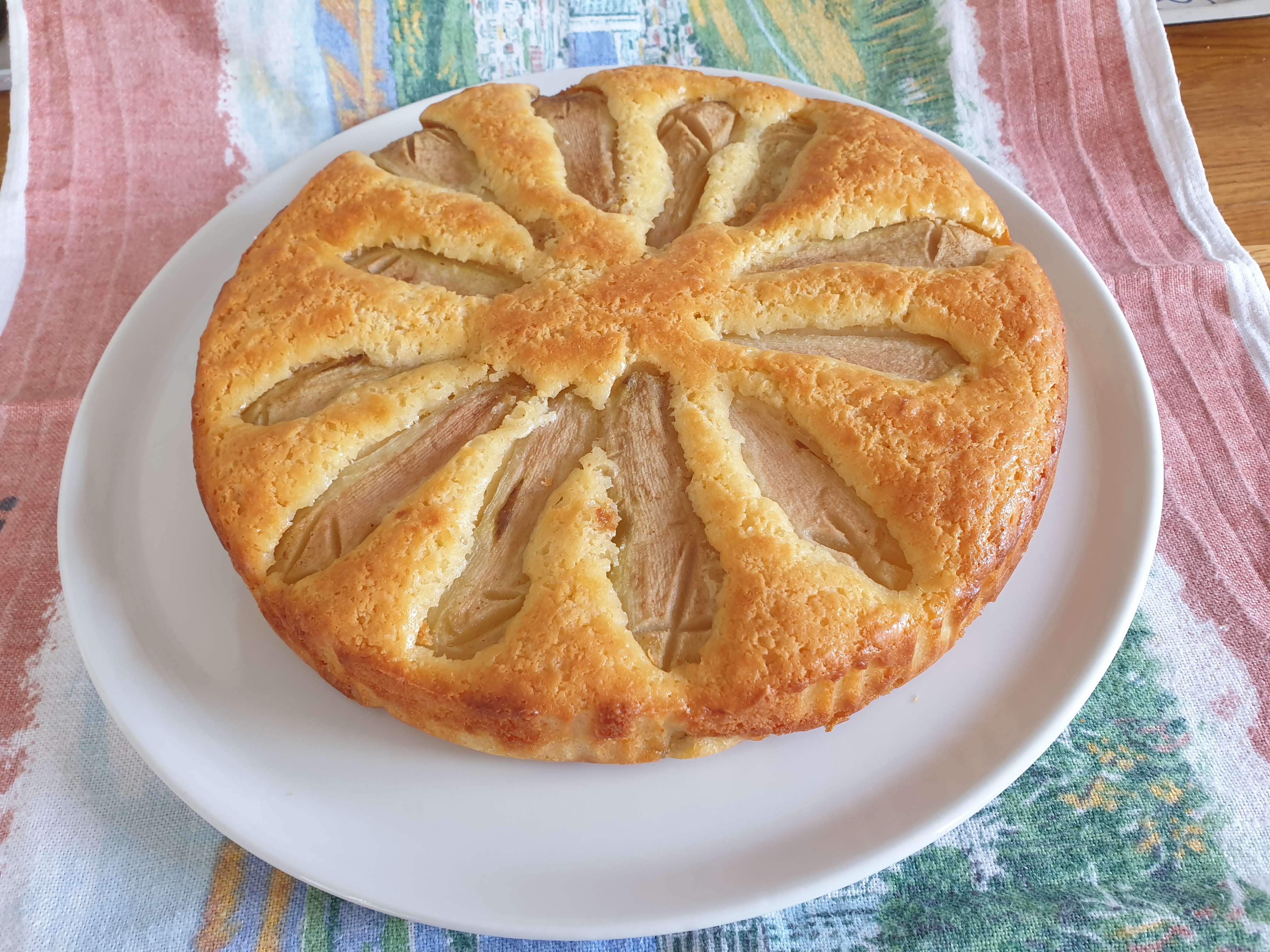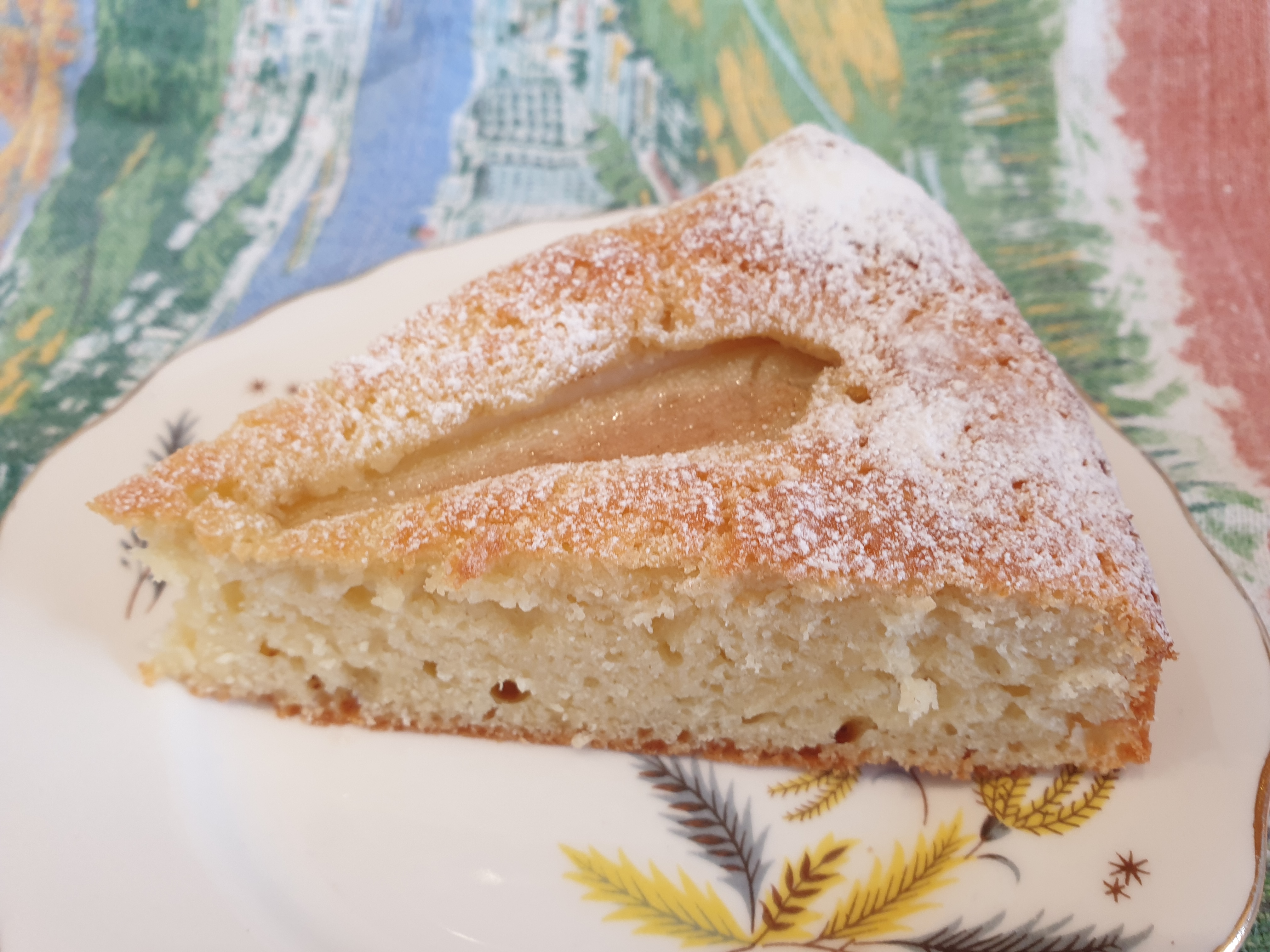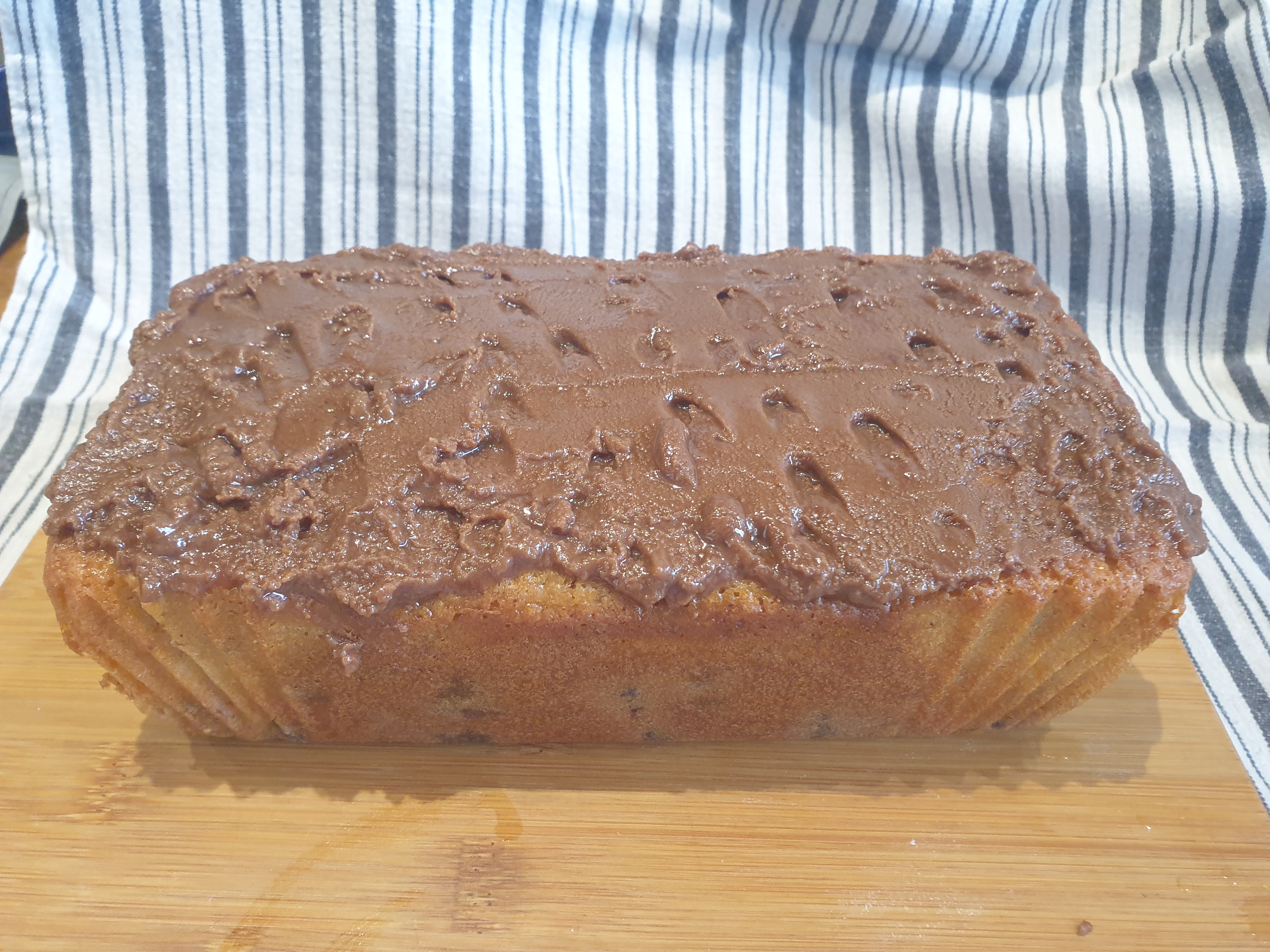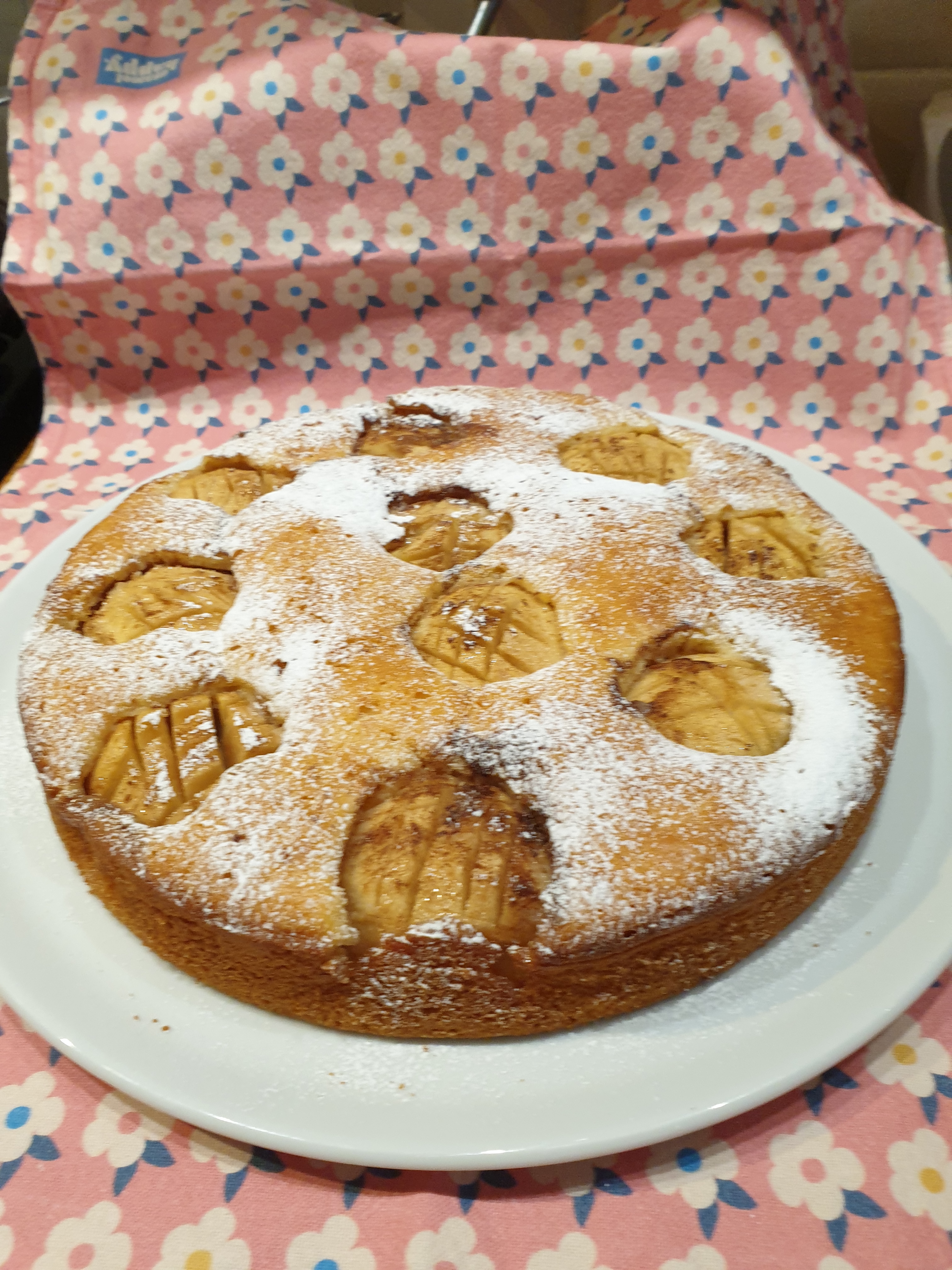- Did you know that figs were one of the first cultivated plants?
- They were grown over 11,000 years ago in what was then called Mesopotamia.
INGREDIENTS
150g butter
140g granulated sugar
2 tablespoons of runny honey
2 eggs
230g dried figs (soft version used)
225g plain flour
1 teaspoons of baking powder
1 teaspoon of mixed spice
Pinch of salt
Large pinch of bicarbonate of soda
3-4 tablespoons of milk to mix
METHOD
Pre-heat the oven to GM3 – 160°C.
Grease and line – 3 sides of a 26 x 20cm baking tin.
*
Chop the figs into small pieces.
*
Mix the flour, spices, salt, baking powder and bicarbonate of soda together,
*
Cream the butter and sugar
Add the honey and cream some more
Add the eggs and mix together.
*
Stir in the flour mixture.
Stir in the chopped figs.
Stir in the milk to make a soft mixture.
Spoon the cake mixture into the tin and smooth the top.
Bake for 35 – 40 minutes
Check earlier and cover if necessary to prevent burning the top.
Royal Worchester Evesham Vale tea plates.


























